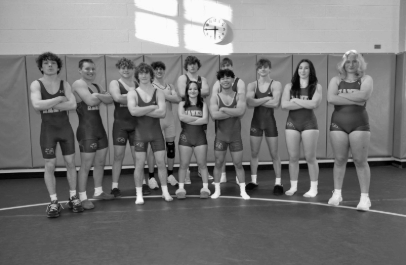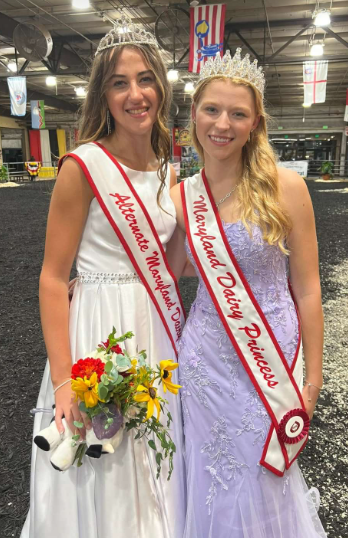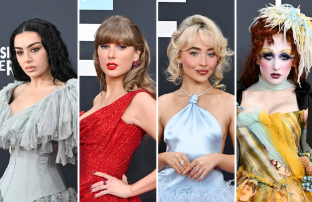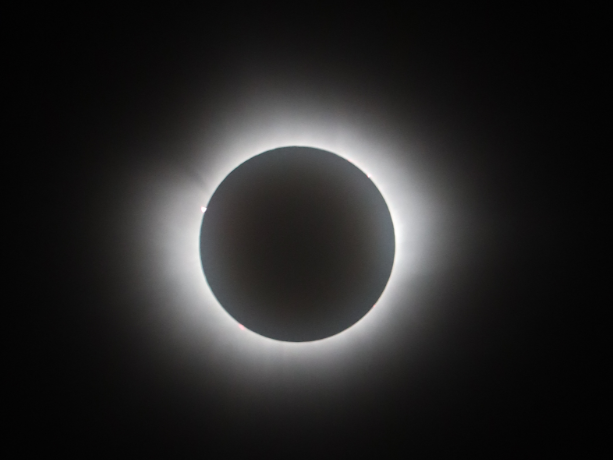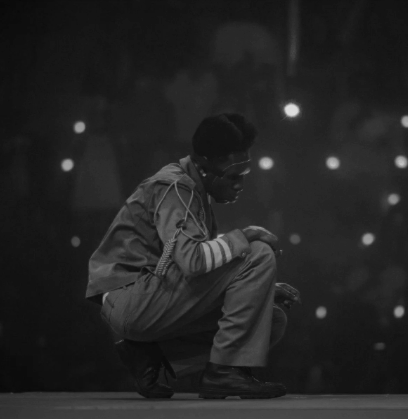Ideal bodies: Body standards have changed over time
February 16, 2021
Over the years it seems the ideal body is the “hourglass figure,” a small waist with larger breasts and bottom. But in the past, this hasn’t always been the standard for women.
From the beginning of time women have also been held to high standards for how they look. The website, scienceofpeople.com goes throughout history and shows the ideal way women would look starting with 1292 B.C and going all the way to the 2000s.
In ancient Egypt between the periods of 1292-1069 B.C., the ideal women are described as “slender, narrow shoulders, high waist, and symmetrical face,” says Science of People. During these times a sex-positive environment was promoted and women were allowed to divorce their husbands if they wished, without shame.
In Ancient Greece between periods 500-300 B.C., the ideal woman was “plump, full-bodied, and light skin. In these times Ancient Greece worshipped the male form, going a far to proclaim that women were ‘disfigured’ versions of it. In this era men faced a higher standard for their bodies than women,” reports Science of People.
In the Han dynasty from eras 206 B.C.- 220 A.D., the ideal women were, “slim waist, pale skin, large eyes, and small feet,” according to Science of People. Small feet are an aspect of Chinese beauty standards that has continued to be desired for hundreds of years.
During the Italian Renaissance from periods 1400-1700, women were expected to have, “[an] ample bosom, rounded stomach, full hips, and fair skin,” says Science of People. A full body was a show of having money during these times and the ability to afford food. In these times it was, “the wife’s duty to reflect the husband’s status,” states Science of People.
Victorian England was described as the “era of the corset.” Women were wanted to be, “desirably plump, full-figured, and a cinched-waist,” says Science of People. Women would wear tight fitting undergarments to, “give the perception of the desirable hourglass figure,” adds Science of People.
The Roaring Twenties era of the 1920s, a time of parties and the Great Depression. Beauty was featured to have an androgynous look for women. With the ideal being, “flat chested, downplayed waist, short bob hairstyle, and a ‘boyish figure,’” says Science of People. Many women wore bras that flatten their chests and clothing that gave them a curveless look.
During the Golden Age of Hollywood eras in the 1930s-1950s, the hourglass figure was back! With women wanting, “curves, hourglass figures, large breasts, and a slim waist,” states Science of People. The classic example of this was the “Golden girl of Hollywood,” Marilyn Monroe.
Swinging Sixties, 1960s, “Peace, love, and thin seemed to be the motto of this time,” according to Science of People. The time period adored women that were, “willowy, thin, adolescent physique, and long skinny legs,” reports Science of People. London was a large influence on the fashion of this time.
The Supermodel Era, 1980s, this era was obsessed with exercise and saw an uprise in people with anorexia thought to be brought on by the obsession with exercise. Women were wanted to be, “athletic, svelte but curvy, tall, and toned arms,” adds Science of People.
The 1990s was classed as the Heroin Chic era. Women were wanted to be, “waifish, extremely thin, translucent skin, and androgynous,” acknoledged by Science of People. Model Kate Moss was the poster child for this look.
Postmodern Beauty, 2000s-today, our current beauty standards of women. “Flat stomachs, healthy skinny, large breasts and butt, and a thigh gap,” inquired Science of People. Kim Kardashian is the poster woman of ideal beauty standards for modern women. Plastic surgery is becoming increasingly popular to achieve this figure.



